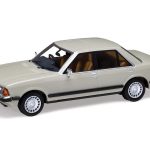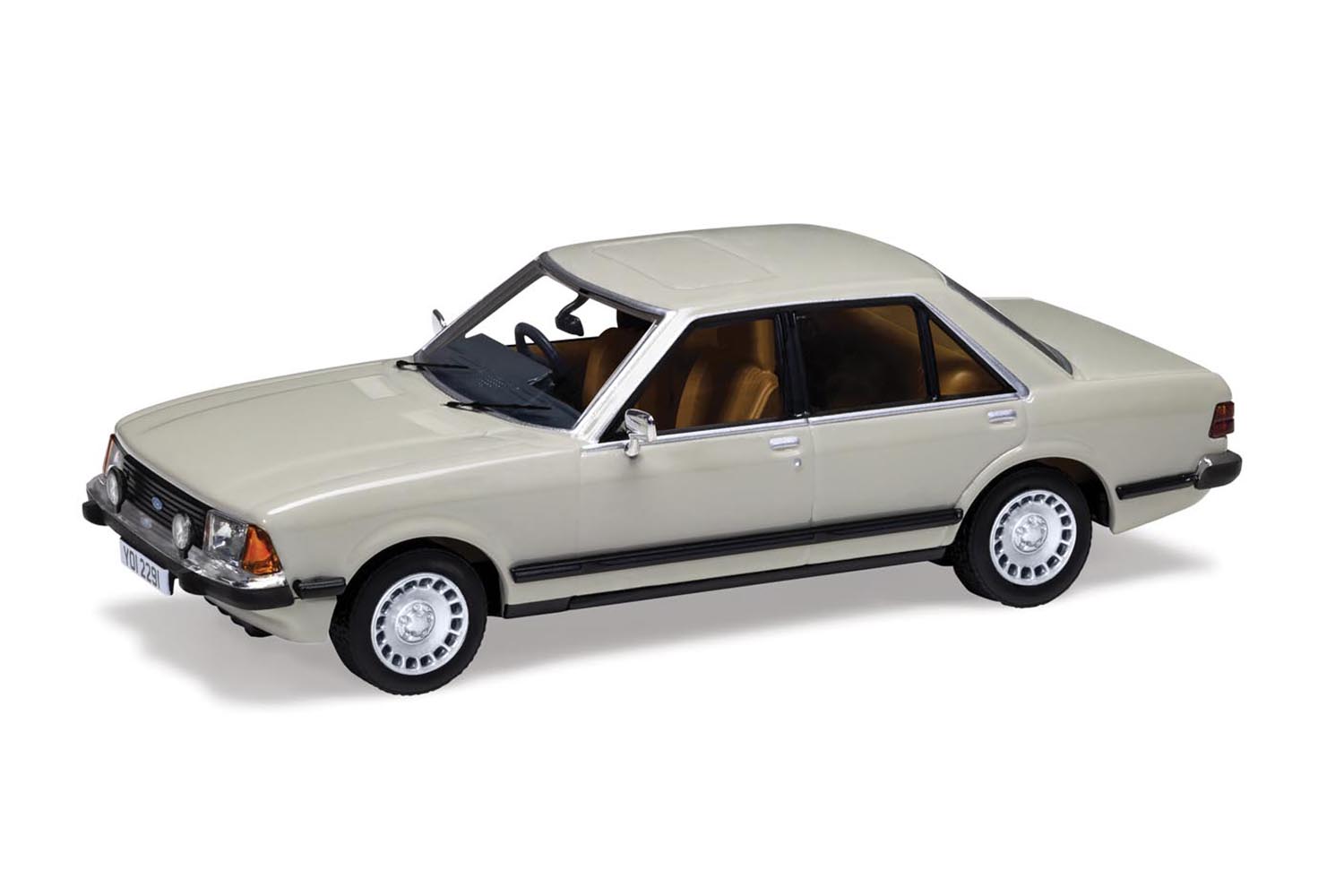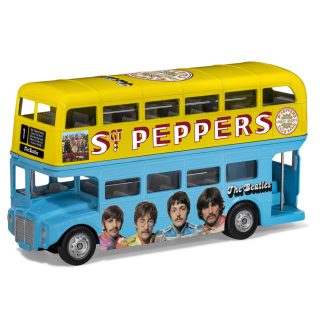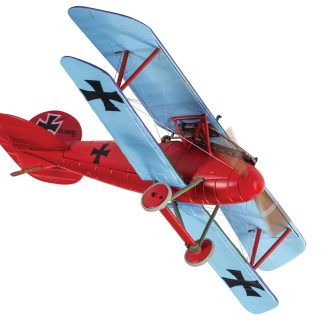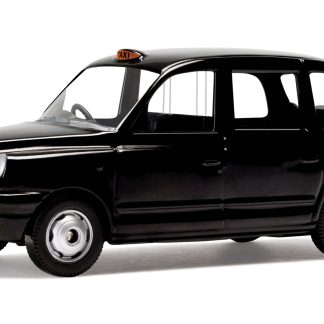Description
The unmarked vehicle modelled was one of several covert armoured Granadas used by the Royal Ulster Constabulary in the early 1980s. They were used to transport VIPS or carry out discreet patrols whilst offering the occupants a greater degree of safety. It was fleet number 9990 and, like all these cars, was supplied by Ford in a unique trim and mechanical specification designed to facilitate the armouring process and allow the car to function correctly after its weight had been substantially increased.
This included heavy duty suspension so the cars? stance and ride-height appeared normal, and its handling balance could be retained. Larger brakes were also fitted to allow repeated heavy braking without overheating.The armouring process involved fitting bullet resistant glass, steel plates in the doors and steel gussets around the door frames to prevent ?bullet splash? entering the cabin; a phenomenon that can occur when a bullet hits the vulnerable gap between the car?s door and bodyshell.
Although the use of lightweight ballistic resistant composite materials has revolutionized the manufacture of covertly armoured vehicles in recent years, the philosophy remains the same as that which informed the construction of this Granada; the armour is not there to resist repeated attack, the car would be too heavy to move if that were attempted, but rather to buy the occupants just enough time to escape from a dangerous situation to a place of safety as quickly as possible.

